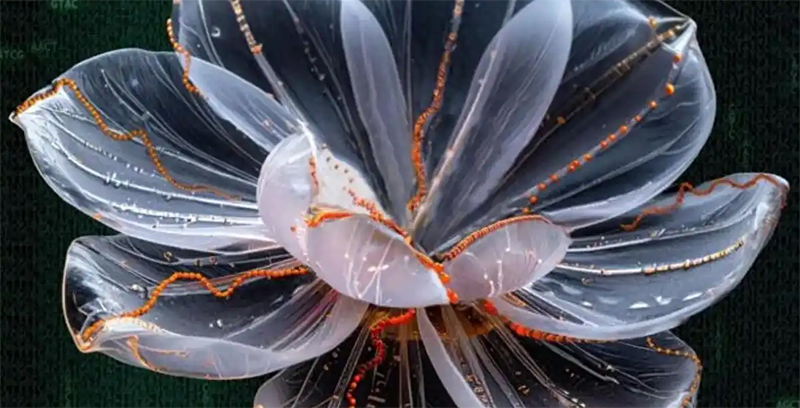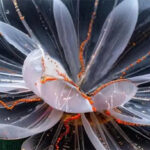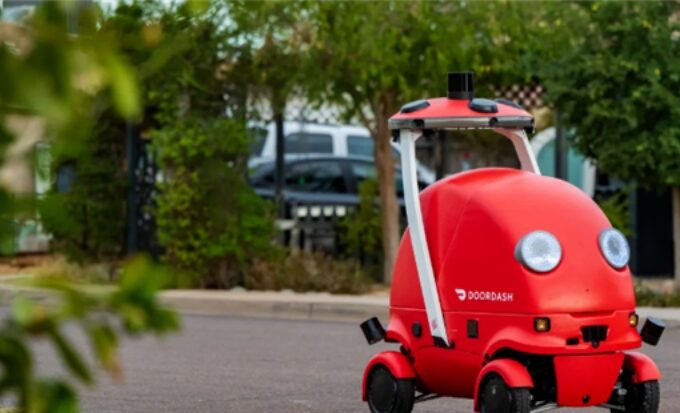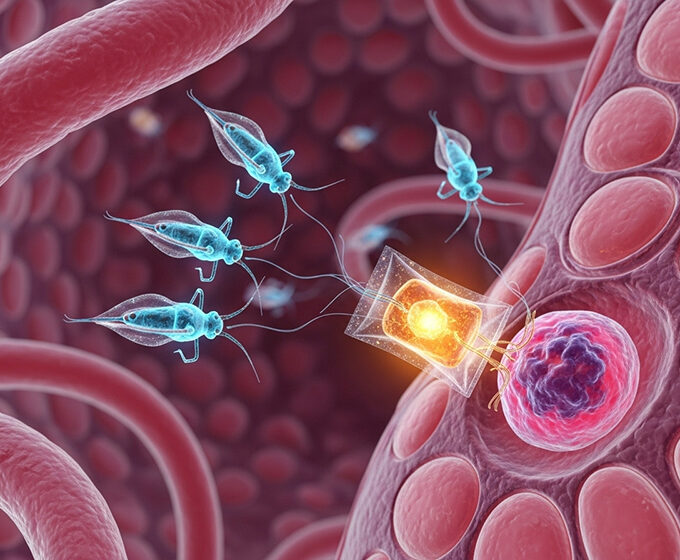A research team at the University of North Carolina has developed a microrobot called a “DNA flower.” These robots possess unique adaptive capabilities, changing their shape and behavior in response to their surroundings, much like organisms. Composed of specialized crystals formed by combining DNA with inorganic materials, these “DNA flowers” can fold and unfold rapidly in seconds, making them among the most dynamic micromaterials ever developed.
This research was inspired by numerous phenomena in nature. For example, the unfolding of petals, the pulsation of corals, and the formation of biological tissues all regulate biological behavior through changes in the external environment. Researchers aim to mimic these complex behaviors in nature and develop artificial materials that can adapt to environmental changes and complete tasks autonomously.
The researchers explain that the key to the success of these micro robots lies in the arrangement of DNA within the flower-shaped crystals. These robots achieve self-control through their internal DNA structure, similar to a microcomputer program.

When the surrounding acidity increases, regions within the DNA structure fold tightly, causing the flower to close. When the acidity returns to normal, the DNA structure unwinds, allowing the flower to open again. This simple yet powerful motion is being used to control chemical reactions, carry and release molecules, and even interact with cells and tissues. This enables these robots to automatically adjust and respond to changes in their surroundings.
Although this technology is still in the early stages of testing, researchers at the University of North Carolina are optimistic about its future applications. In the future, these “DNA flowers” could be injected into the human body and targeted to tumor sites. The acidic environment would cause the flowers to close, releasing drugs or taking samples for biopsy. When tumor treatment is completed, the flowers would reopen, ready to respond to any recurrence of the disease. Furthermore, these smart materials could be used for environmental cleanup, for example, by releasing detergents into polluted water and automatically dissolving after their mission is complete, reducing the environmental burden.
These “DNA flowers” also have potential applications in digital storage, potentially enabling them to store massive amounts of data. It is estimated that each teaspoon of these materials could store up to two trillion gigabytes of data, providing a more efficient and environmentally friendly data storage solution. The Latest News reports that this breakthrough not only offers new perspectives for the development of smart materials but also helps promote the deep integration of biological and mechanical technologies.










